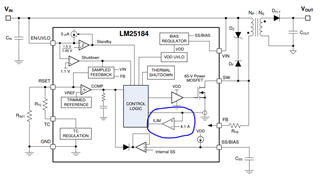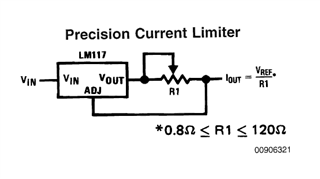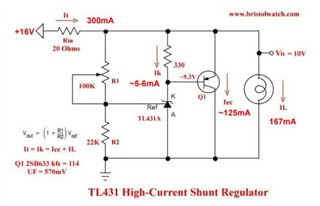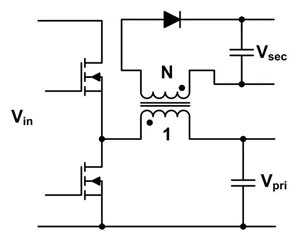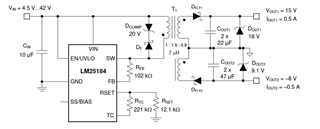Other Parts Discussed in Thread: LM3102, LMP8646, TL431
Hello,
What's the lowest-parts-count way to add current limiting to the LM25184 standard circuit?
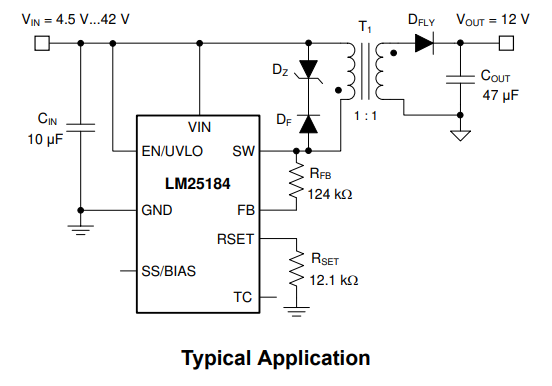
I don't want to eliminate the existing voltage regulation. I want voltage regulation plus current limiting.
This TI video describes use of LMP8646 with an LM3102 charging a super-capacitor:
Would the LMP8646 work with the LM25184?
Is it the lowest-parts-count method?
Thx




